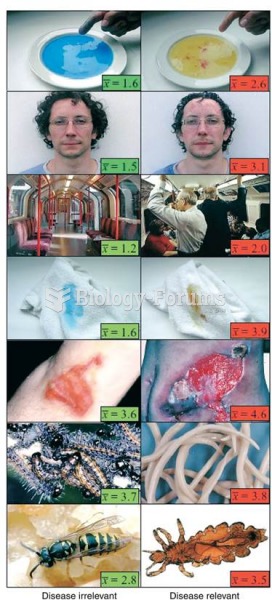A 63-year-old, 5'11, 185 lb male patient with a history of chronic obstructive pulmonary disease (COPD) is admitted to the hospital due to liver failure. Over the course of the 48 hours he has developed respiratory distress.
The respiratory therapist performs a physical assessment and finds the following: heart rate 135 beats/min, respiratory rate 28 with accessory muscle use. Breath sounds are decreased bilaterally with coarse crackles in the right base. A chest X-ray from 24 hours ago shows bilateral lower lobe infiltrates. The patient has a nonproductive cough. The respiratory therapist draws an arterial blood gas that reveals: pH 7.31; partial pressure of carbon dioxide (PaCO2) 57 mm Hg; partial pressure of oxygen (PaO2) 58 mm Hg; arterial oxygen saturation (SaO2) 87; bicarbonate (HCO3) 27 mEq/L while receiving oxygen via nasal cannula 3 L/min. The respiratory therapist should recommend which of the following for this patient?
a. Continue with current therapy and moni-tor the patient closely.
b. Place the patient on a nonrebreather mask with 15 L/min oxygen.
c. Intubate and place on pressure-controlled continuous mandatory ventilation (PC-CMV), peak inspiratory pressure (PIP) 40 cm H2O, positive end-expiratory pressure (PEEP) 8 cm water (H2O), frac-tional inspired oxygen (FIO2) 1.0.
d. Use BiPAP with IPAP 10 cm H2O, EPAP 5 cm H2O, and bleed in 4 L/min oxygen.
Question 2
A 47-year-old, 6'1 male patient is admitted to the hospital due to trauma from a motor vehicle accident. Forty-eight hours post admission, the patient is suffering from respiratory distress with severe hypoxemia and is intubated.
A chest X-ray, done prior to intubation, reveals a ground glass appearance bilaterally. The physi-cian requests the volume-controlled continuous mandatory ventilation (VC-CMV) mode for this patient. The initial settings for the ventilator should be which of the following?
a. VT = 450 mL, rate = 18 breaths/min, PEEP = 8 cm H2O
b. VT = 600 mL, rate = 10 breaths/min, PEEP = 5 cm H2O
c. VT = 750 mL, rate = 15 breaths/min, PEEP = 10 cm H2O
d. VT = 900 mL, rate = 12 breaths/min, PEEP = 5 cm H2O







